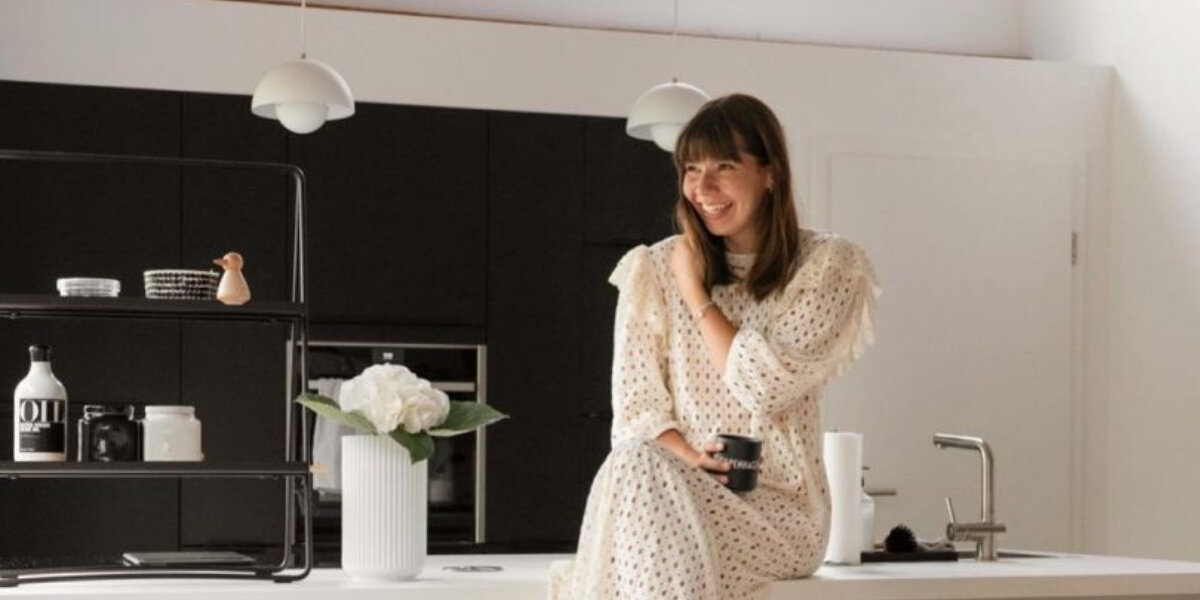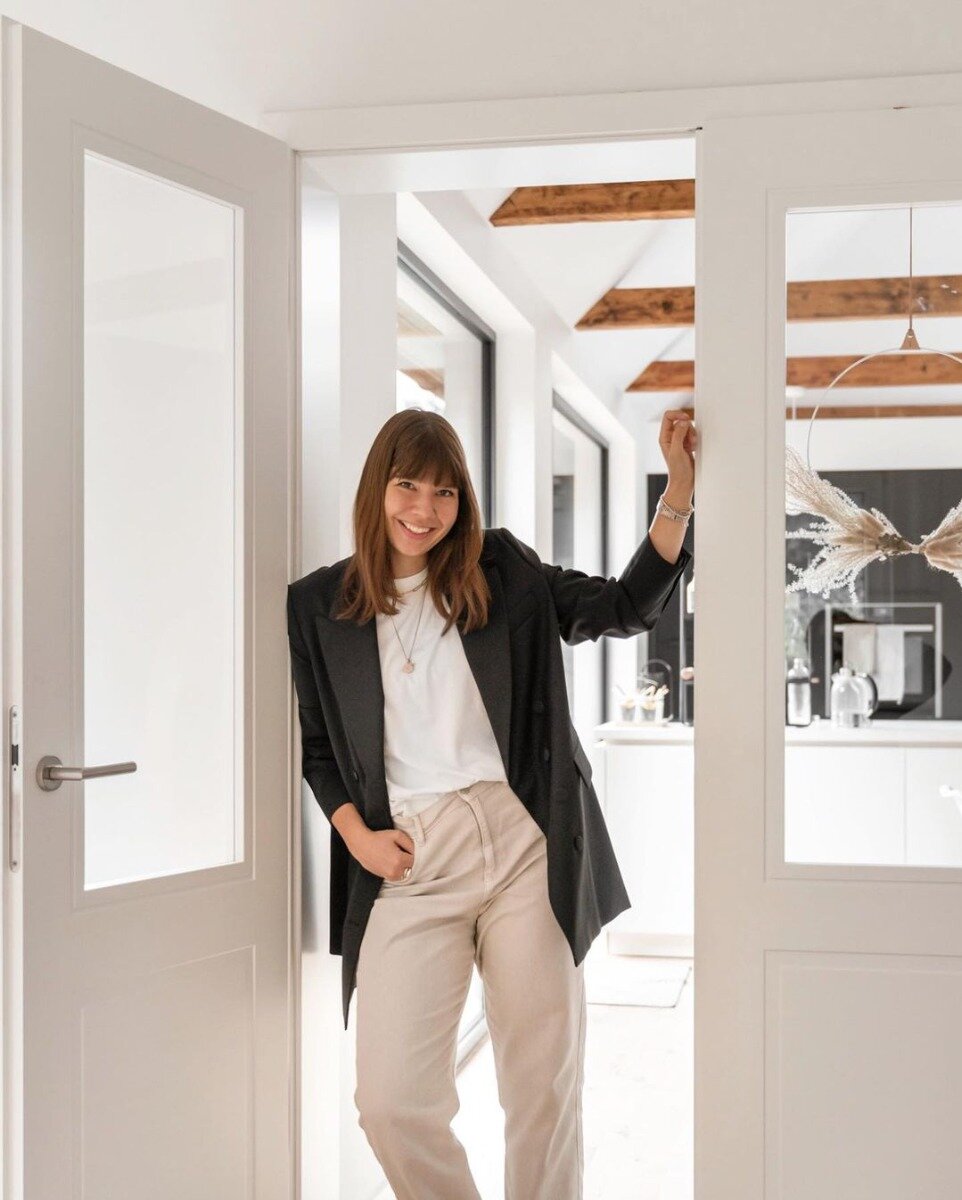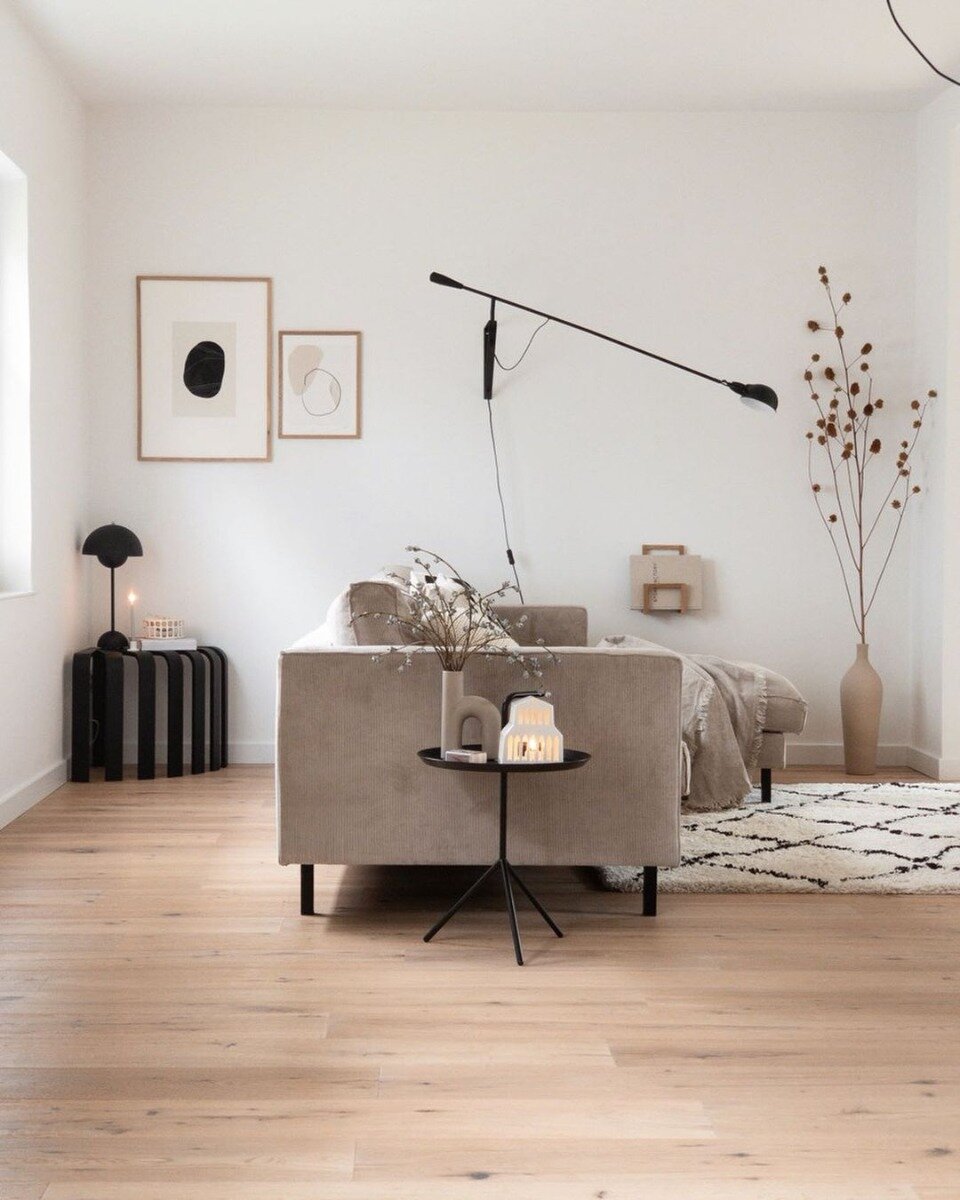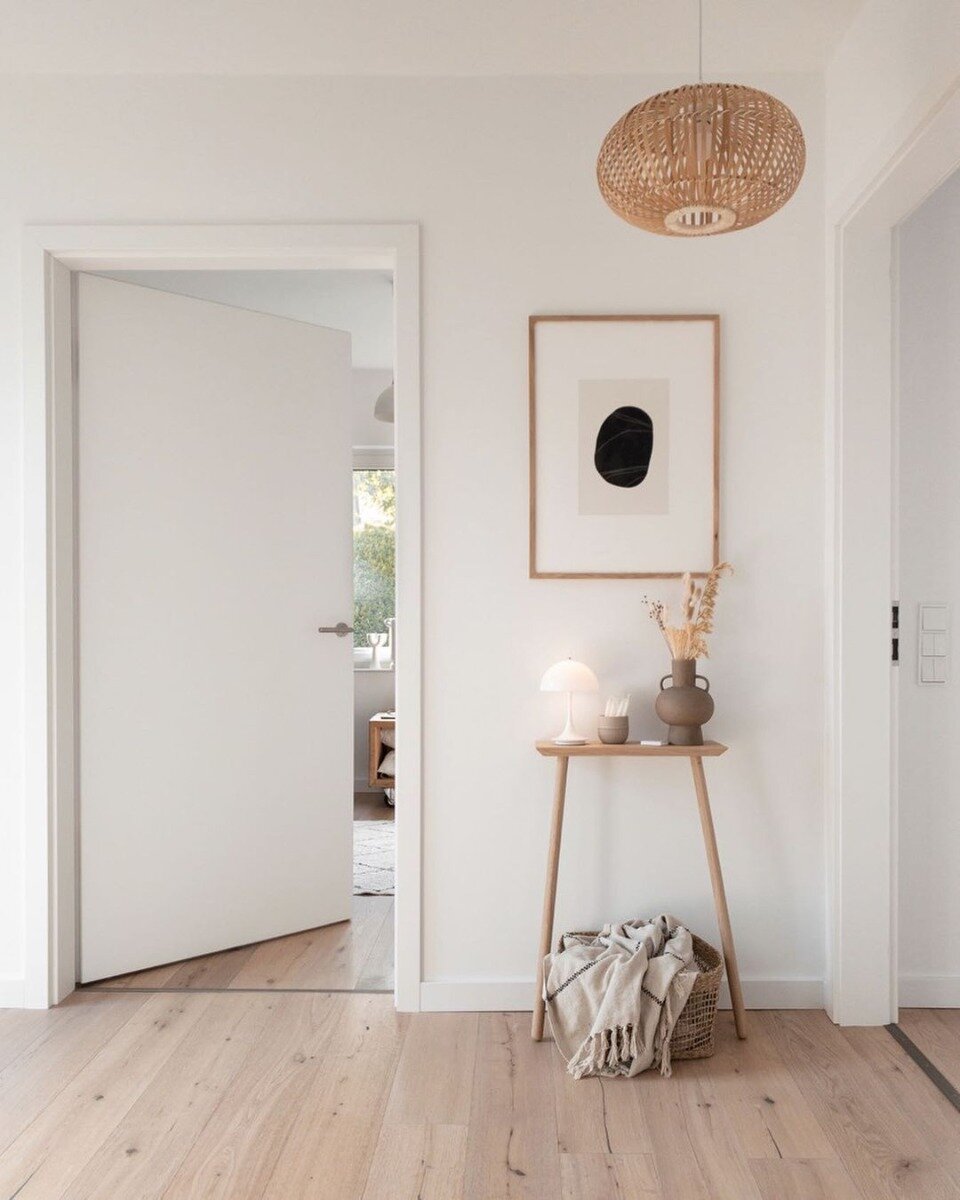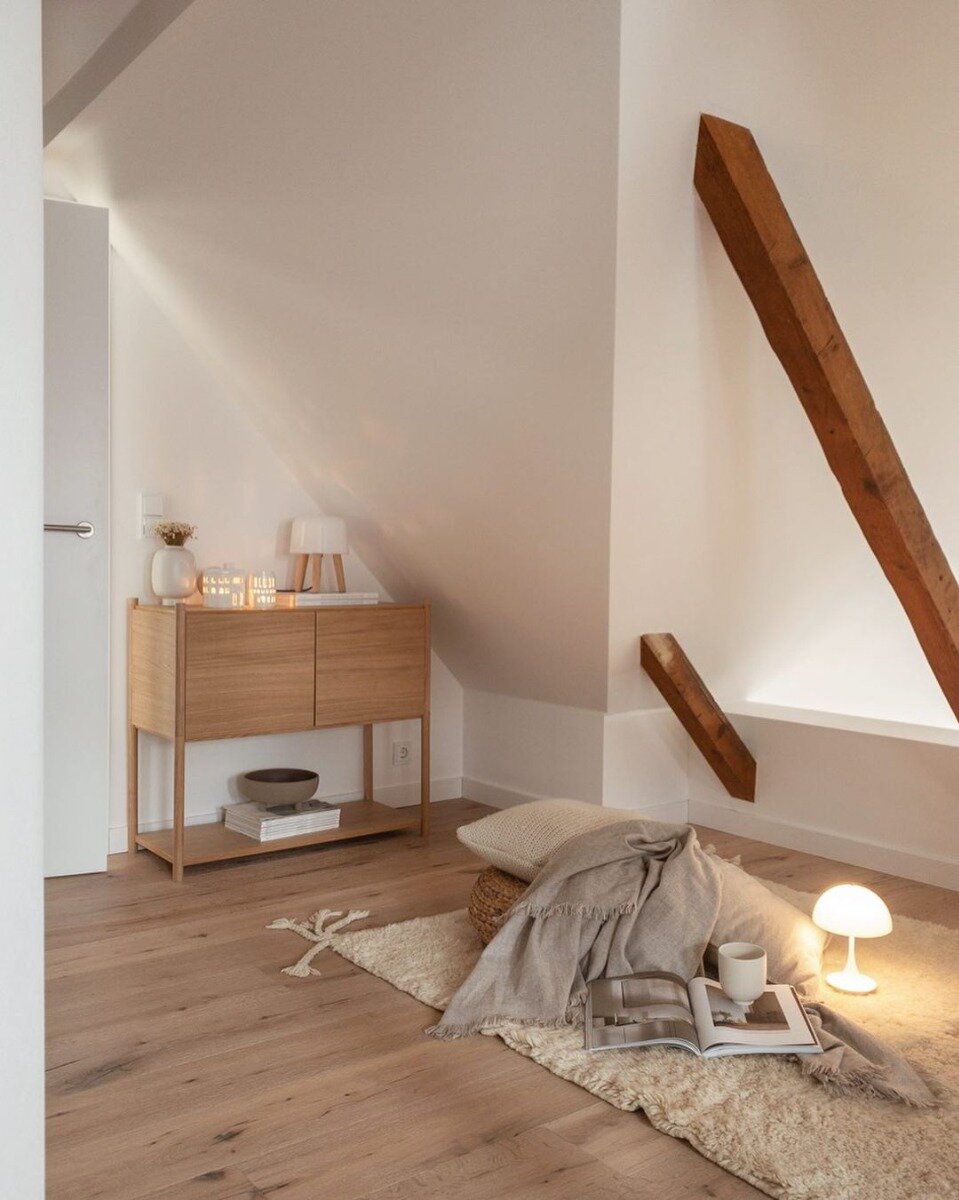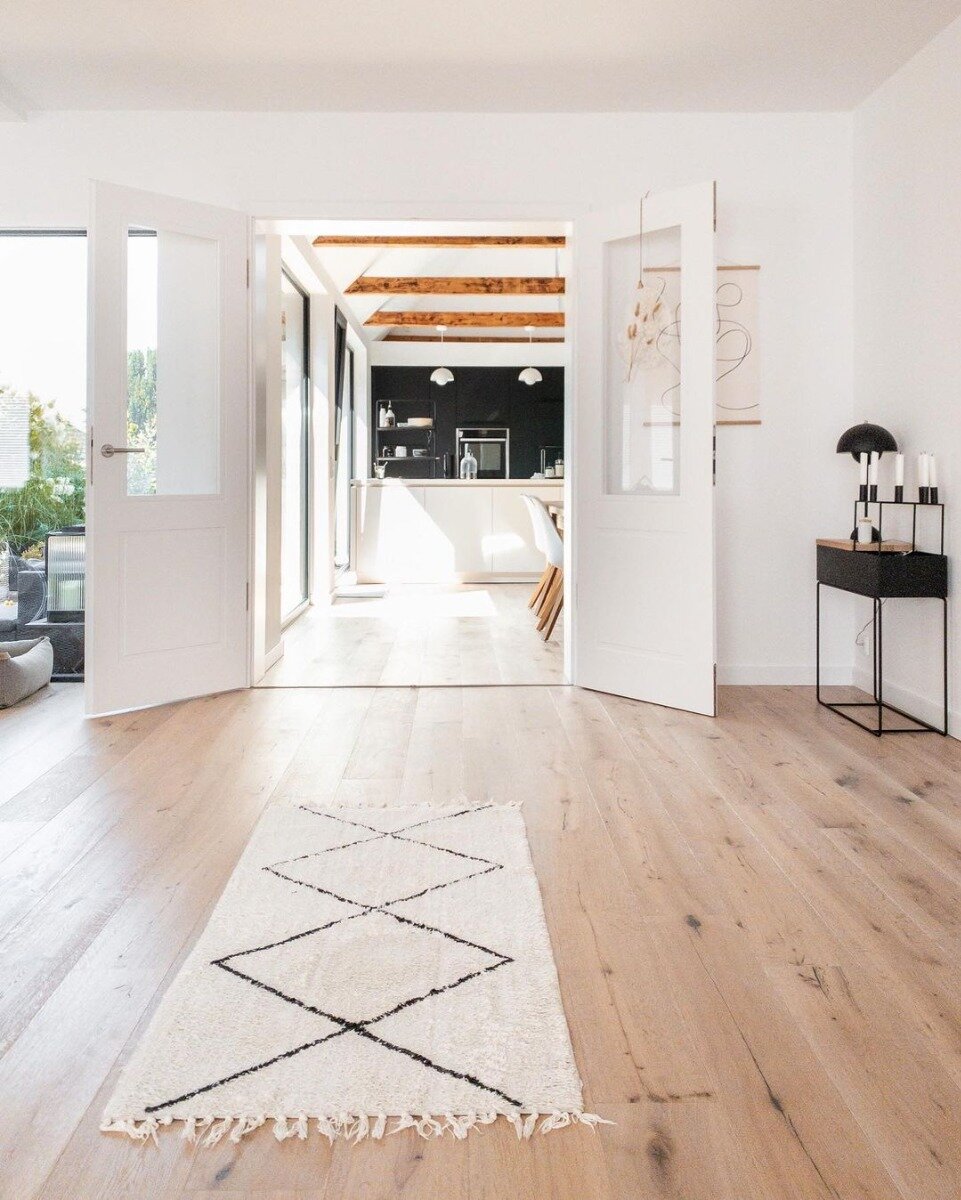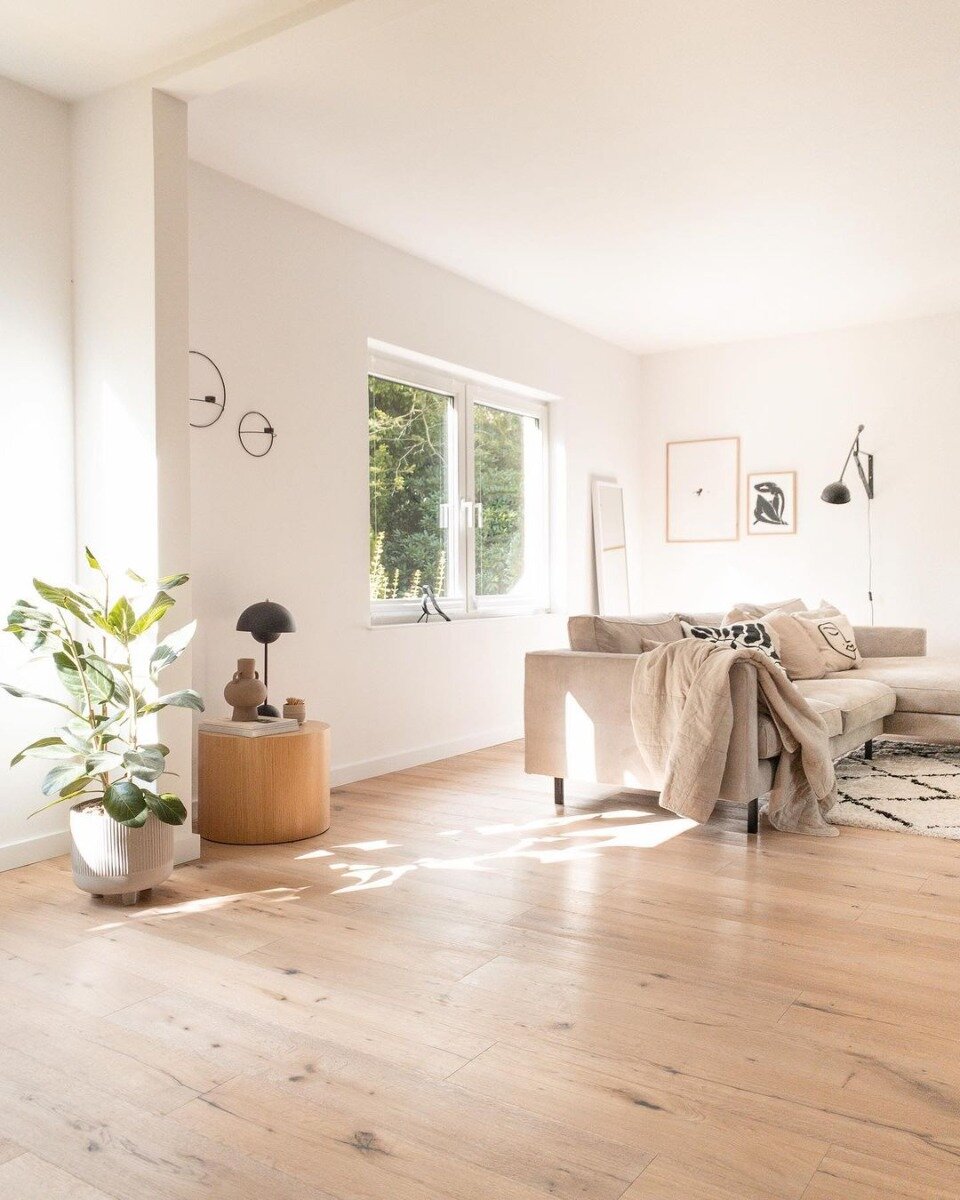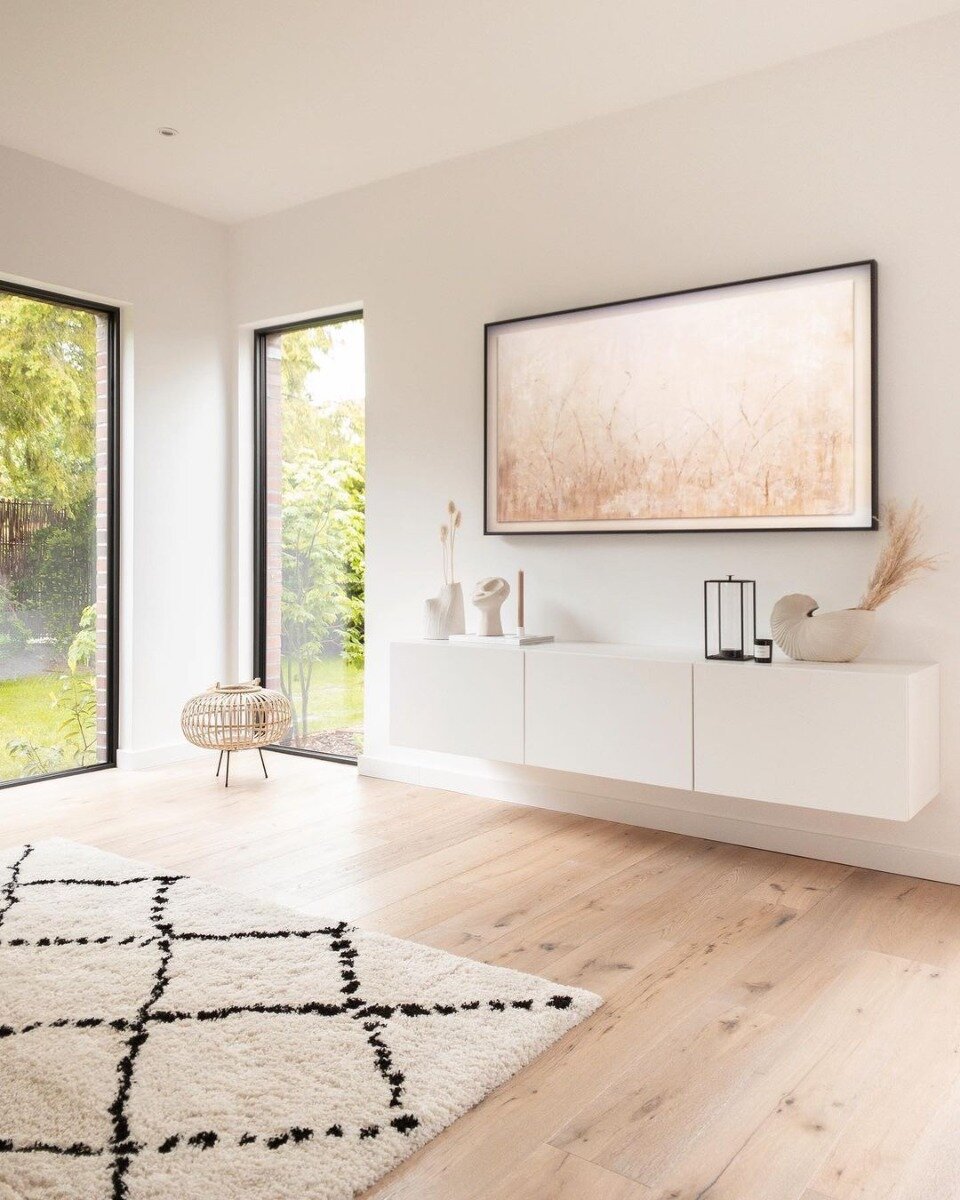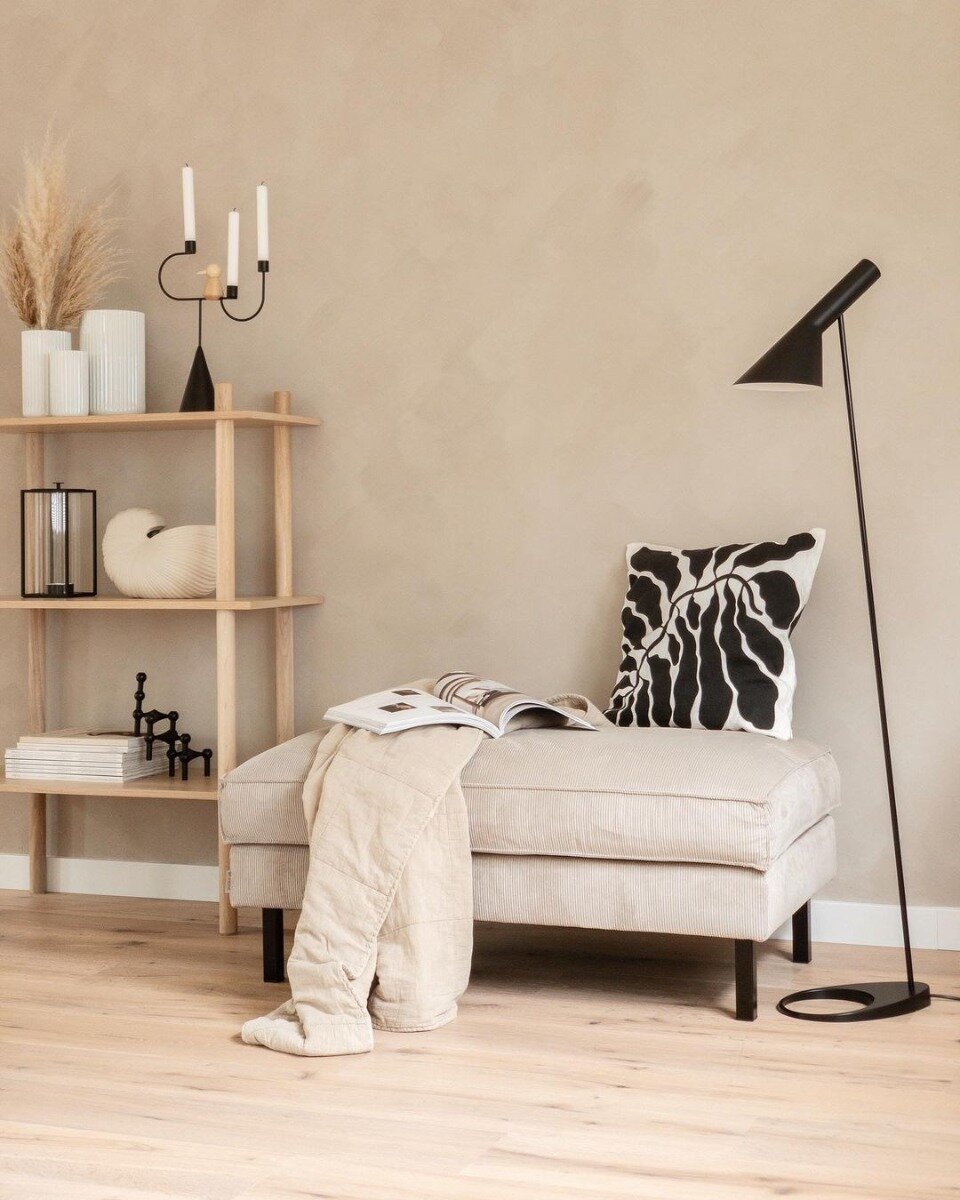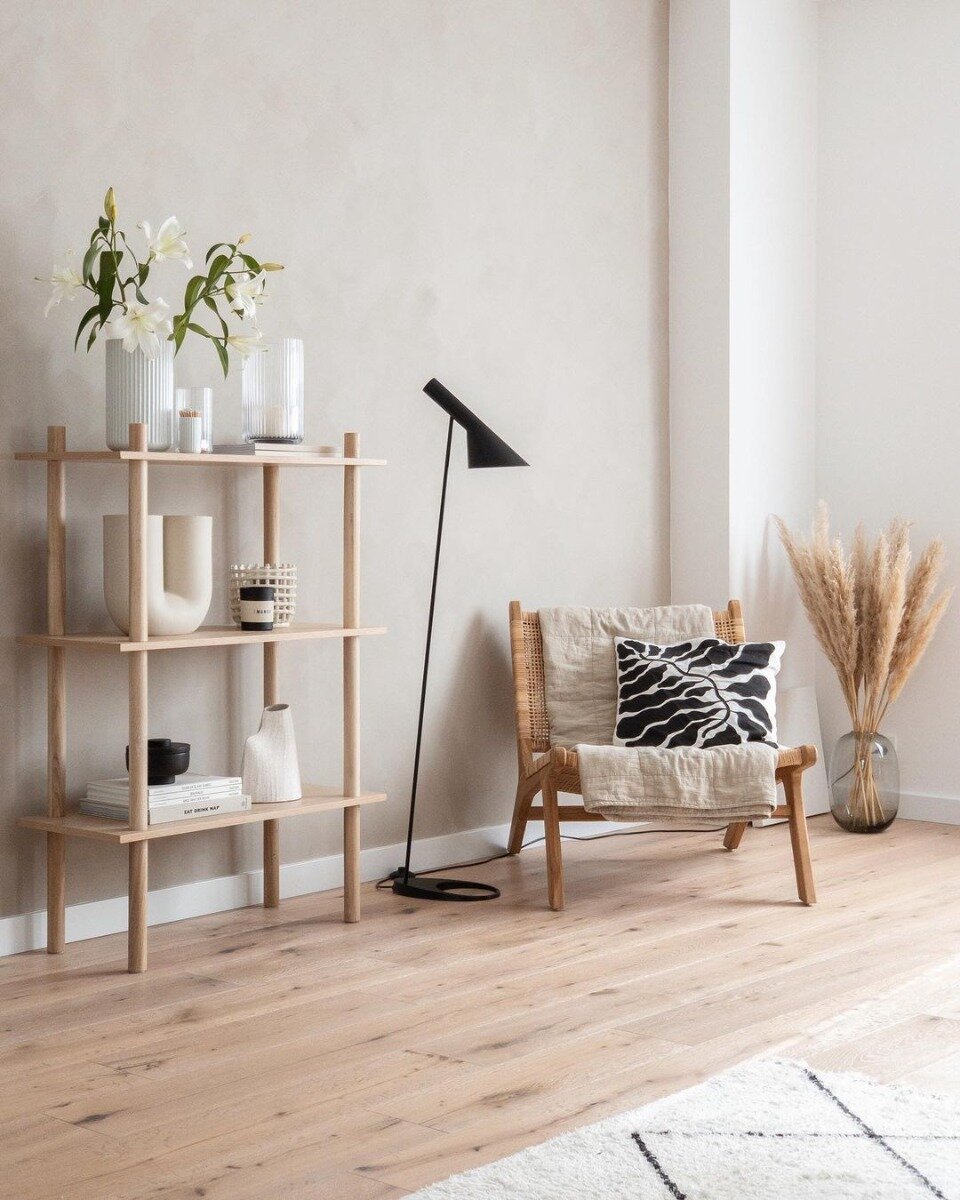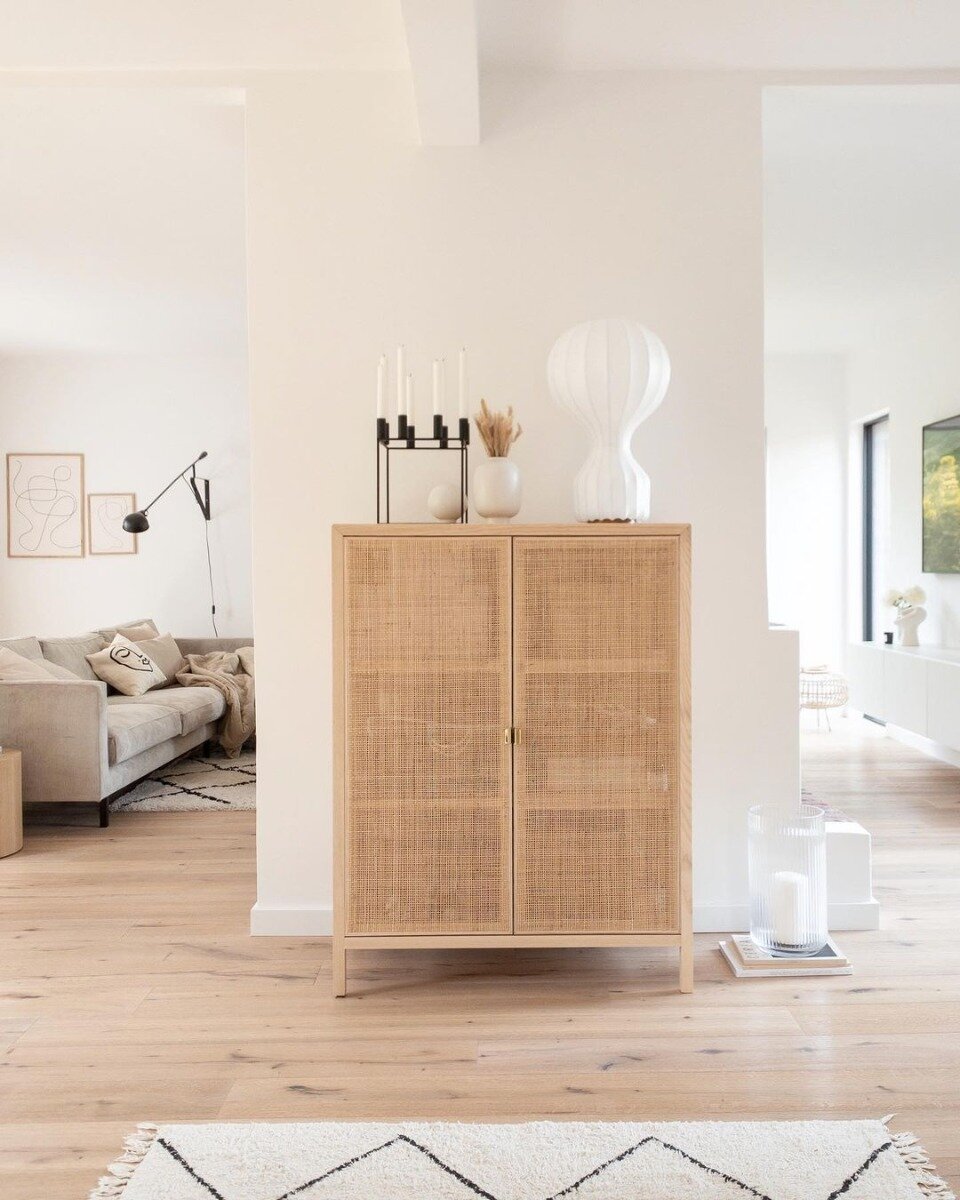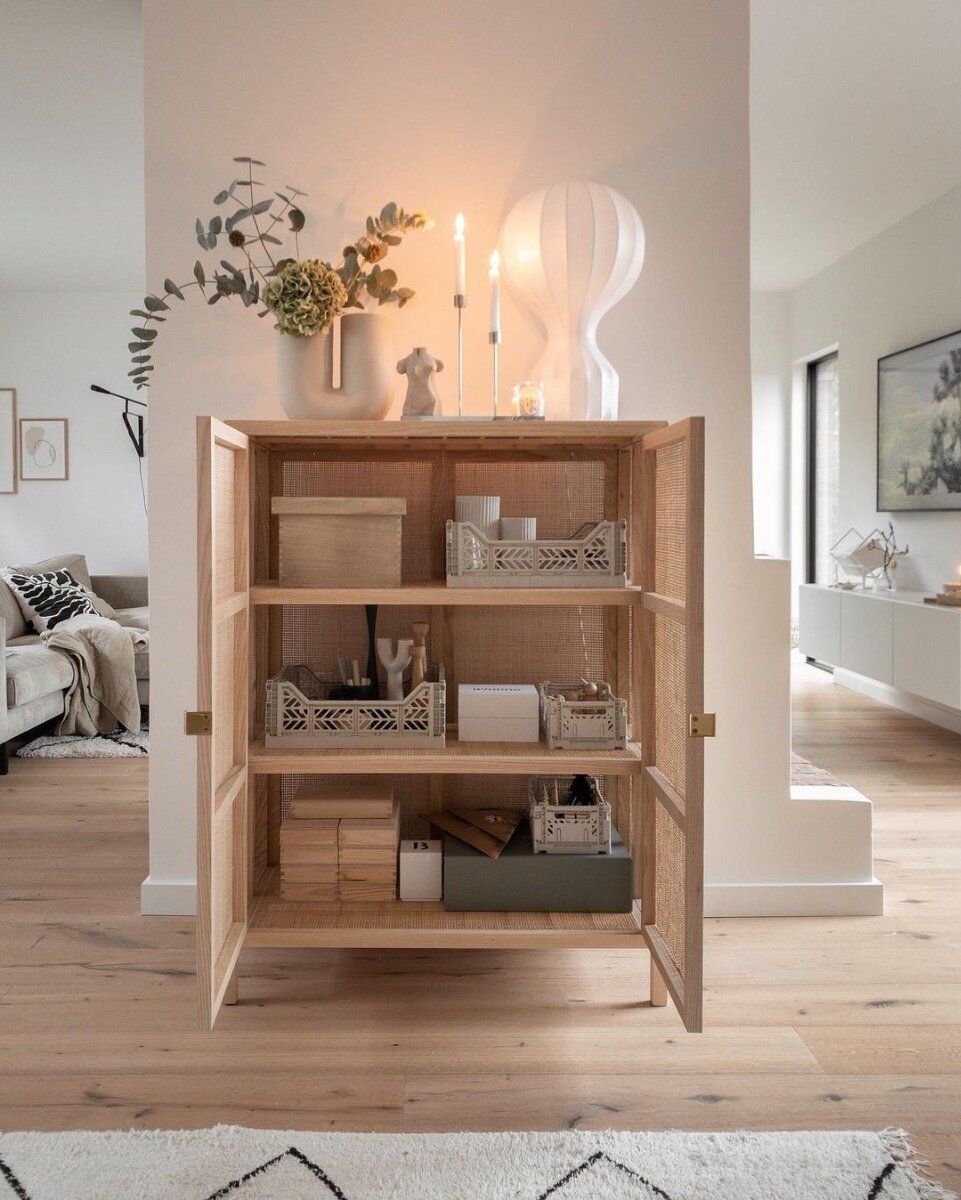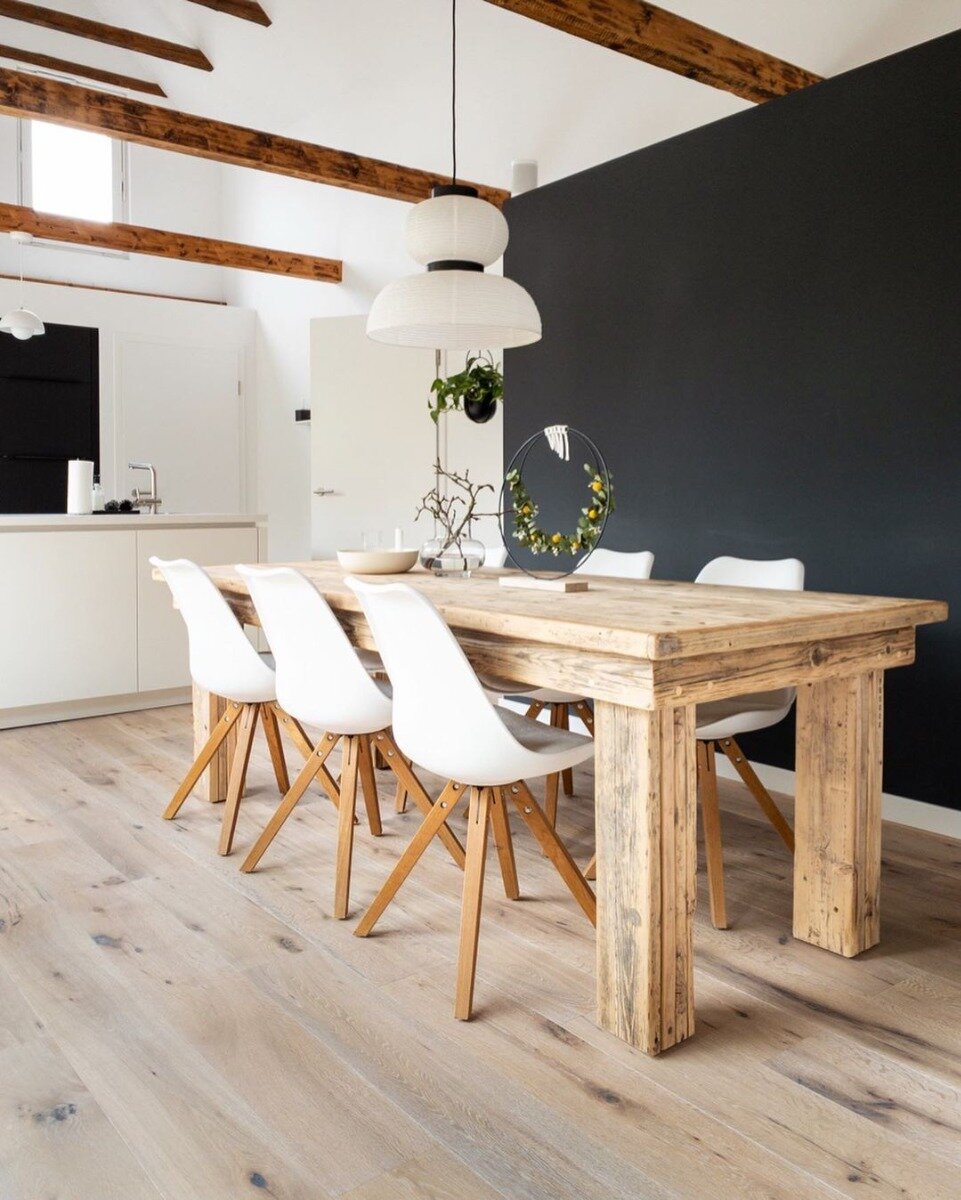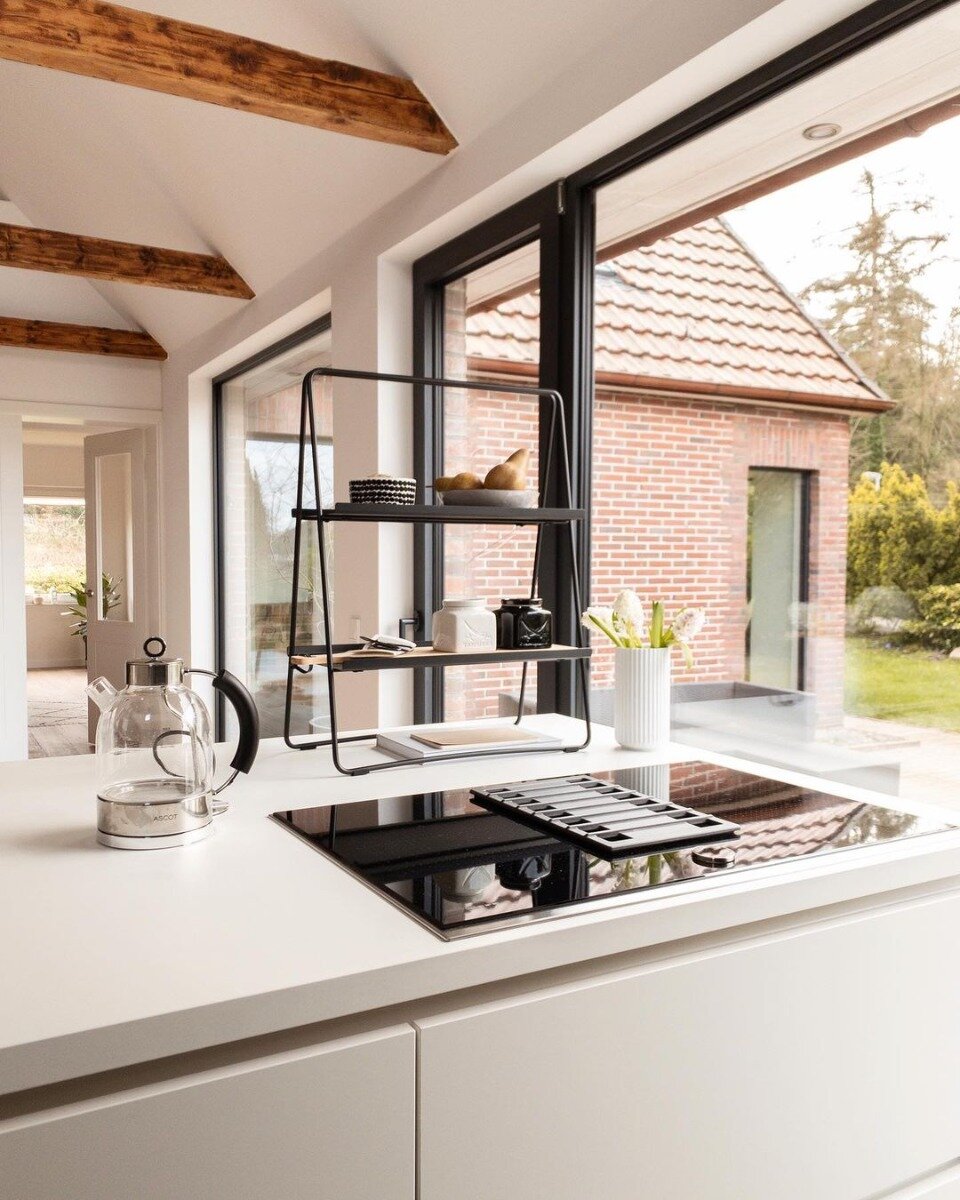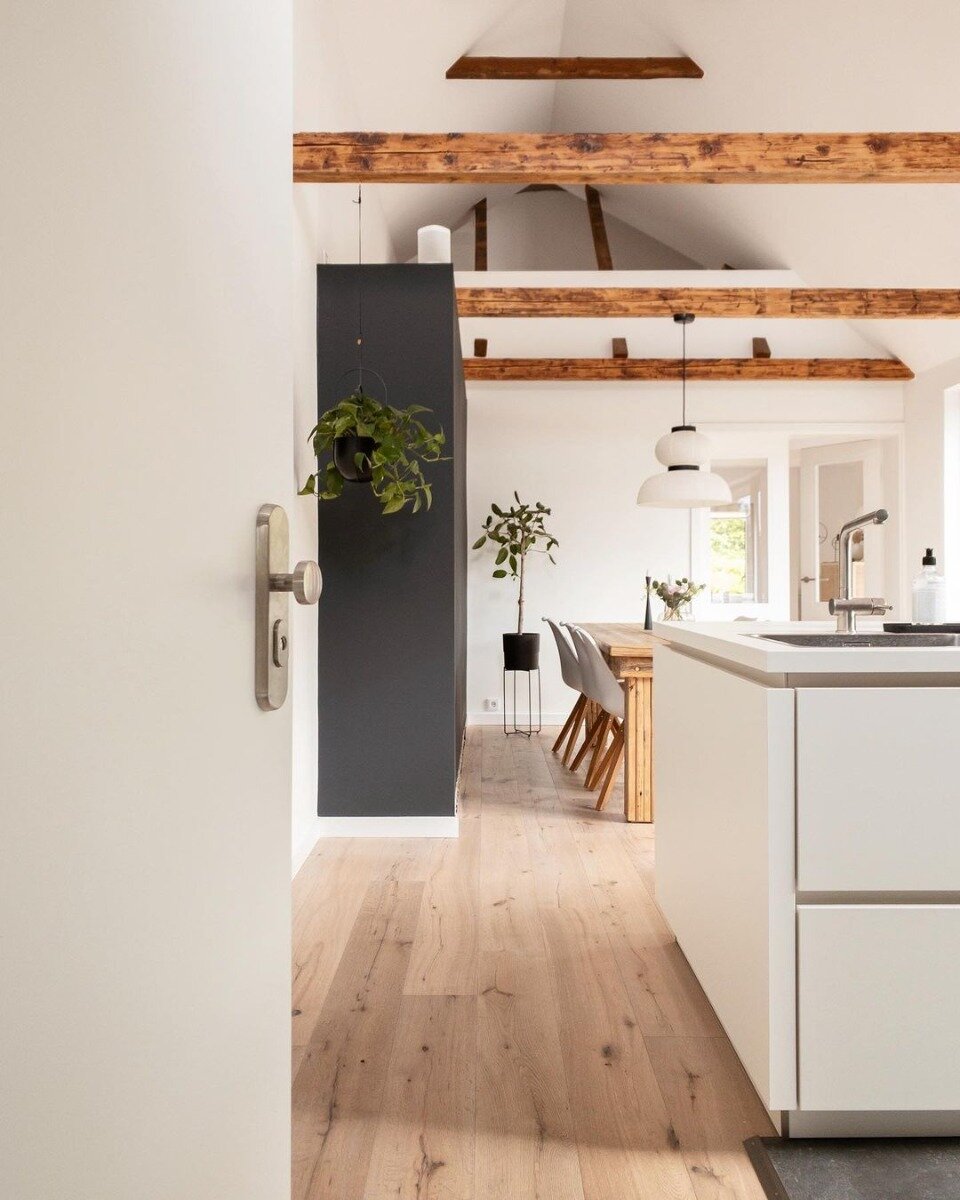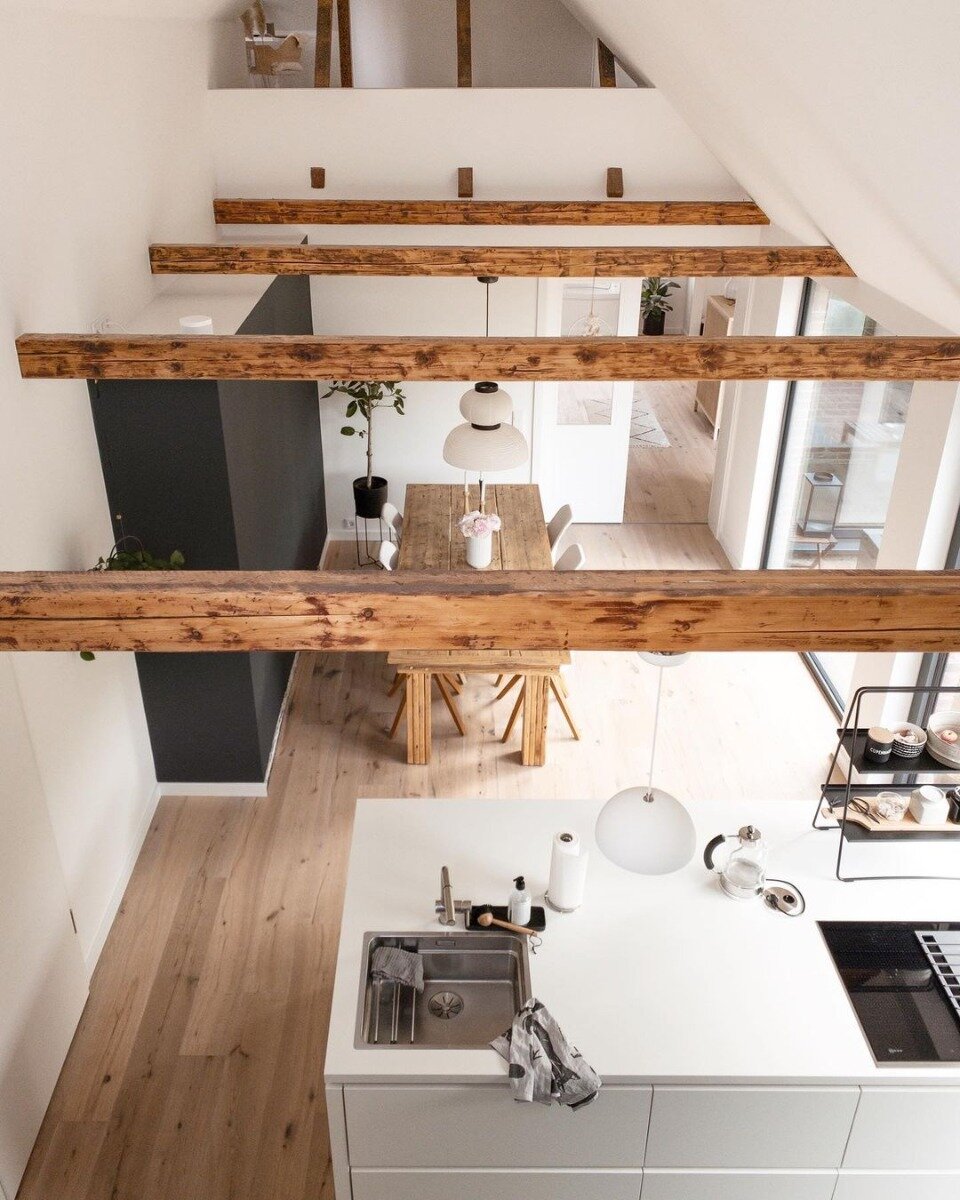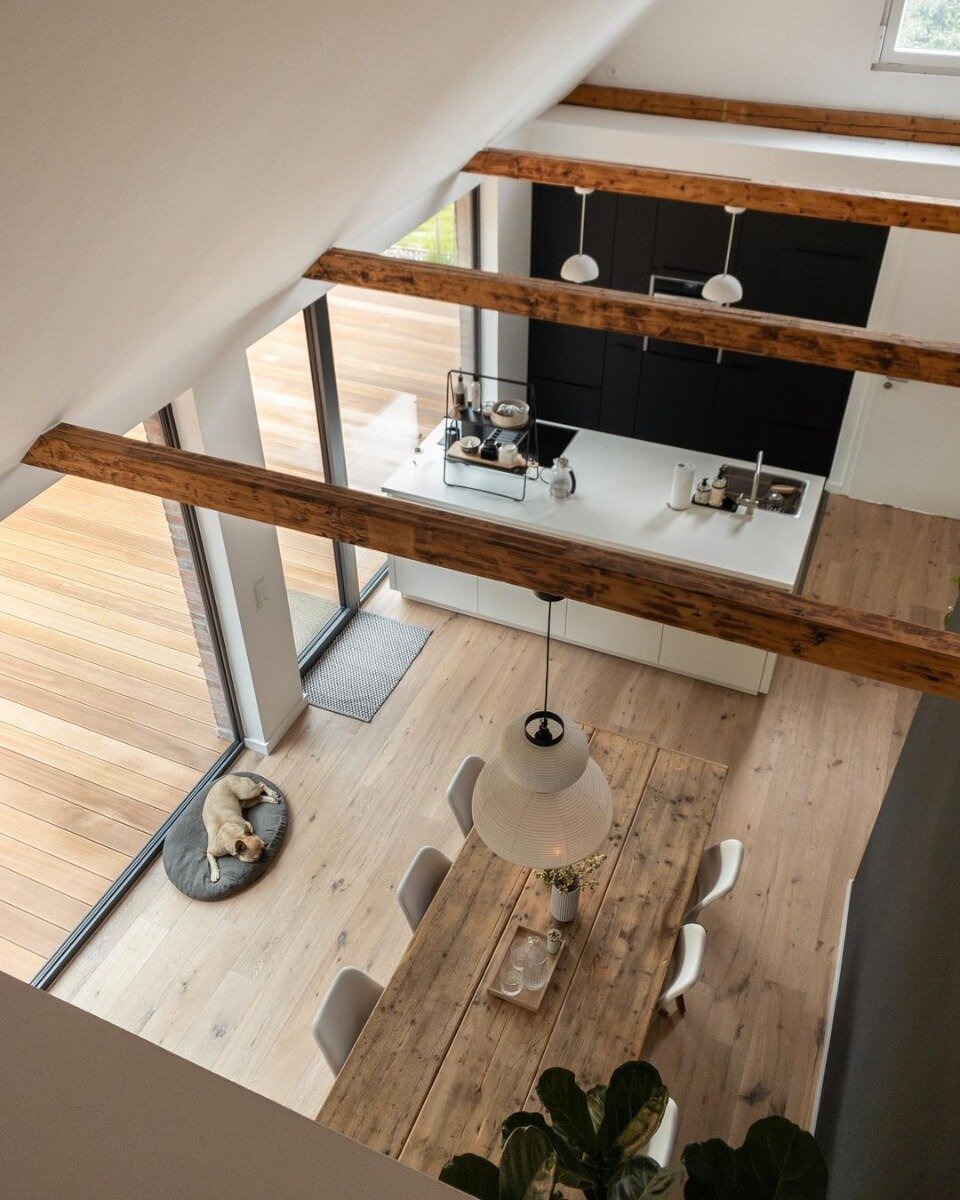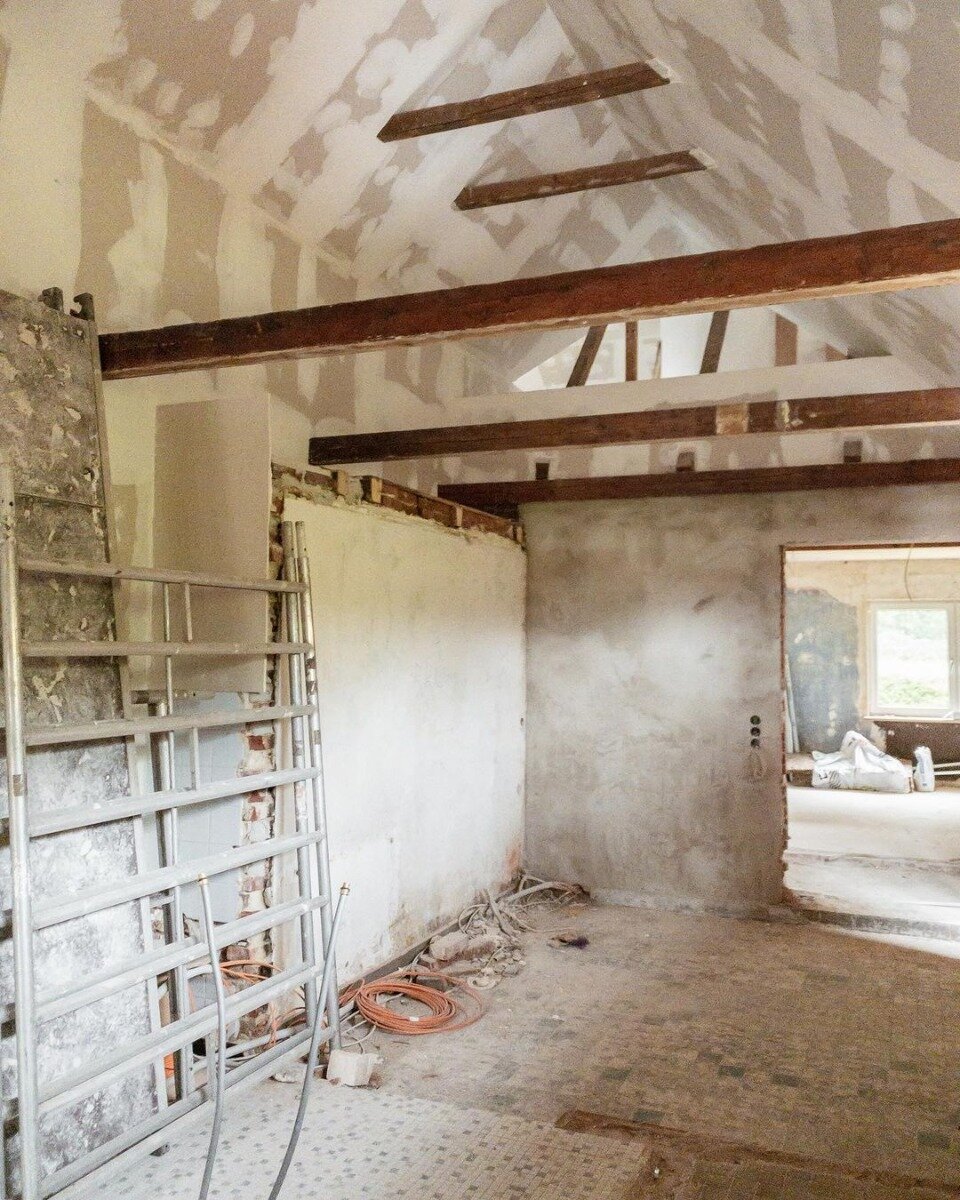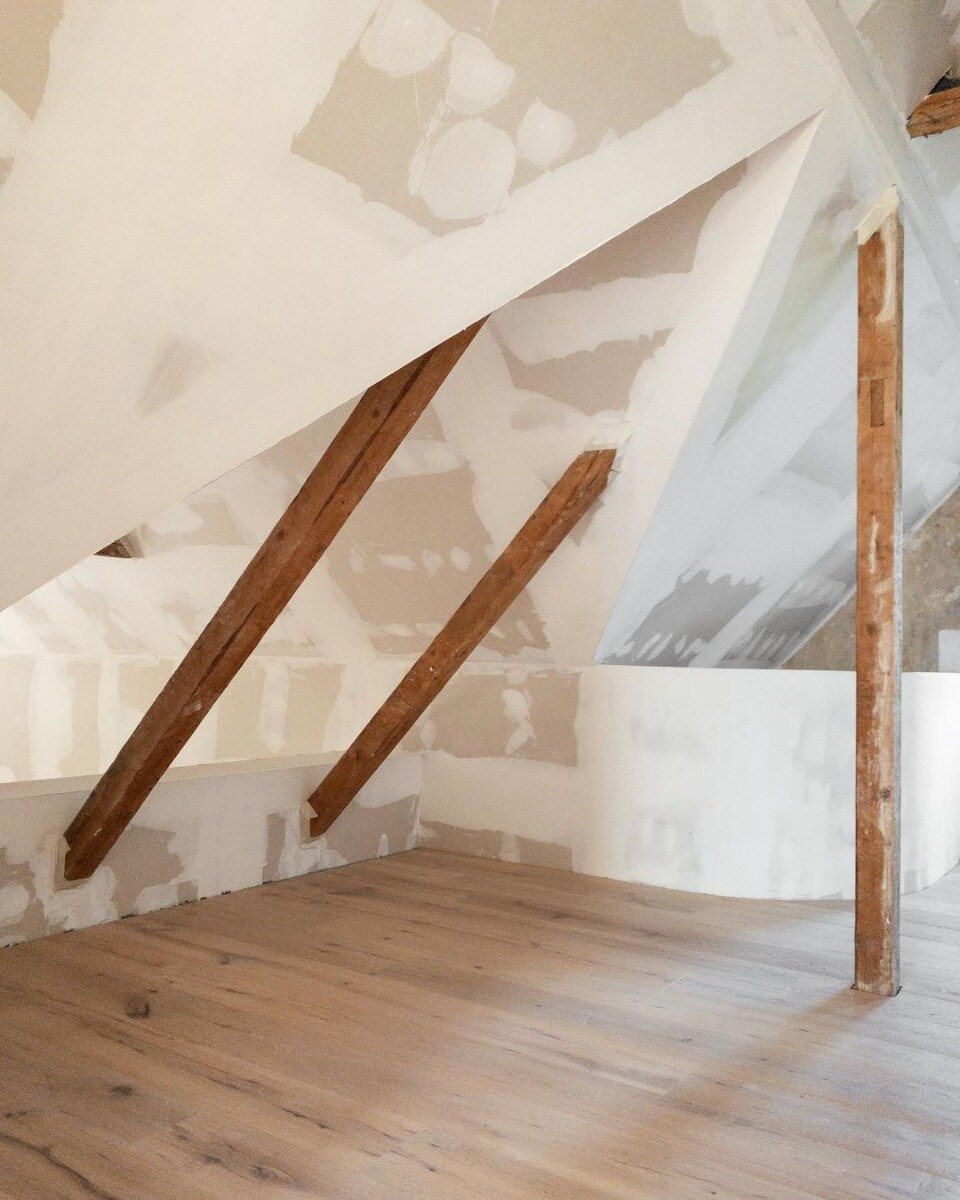Minimalism is a modern attitude to life that can also be reflected in the world of living. Neat and tidy, limited to a few selected and cherished furnishings: If you want to live in a minimalist way, you have to discover and internalise the art of omission for yourself - just like dear Sarah. The interior blogger opens the doors to her dreamy turn of the century house for us and her Instagram followers and provides inspiring insights into her own little minimalist interior world.
On Instagram, the 31-year-old shares her interpretation of minimalist living with her followers and impressively shows how harmonious and modern minimalist-Nordic interior design can look in 2020. Inspired by the virtual tour of the Tannenkamp minimalist house and enriched by many impressions, we would like to dedicate a separate article to the popular style of living and no longer deprive you of the freshly learned dos and don'ts of minimalist living.
Want to learn the basics of minimalist furnishing?


